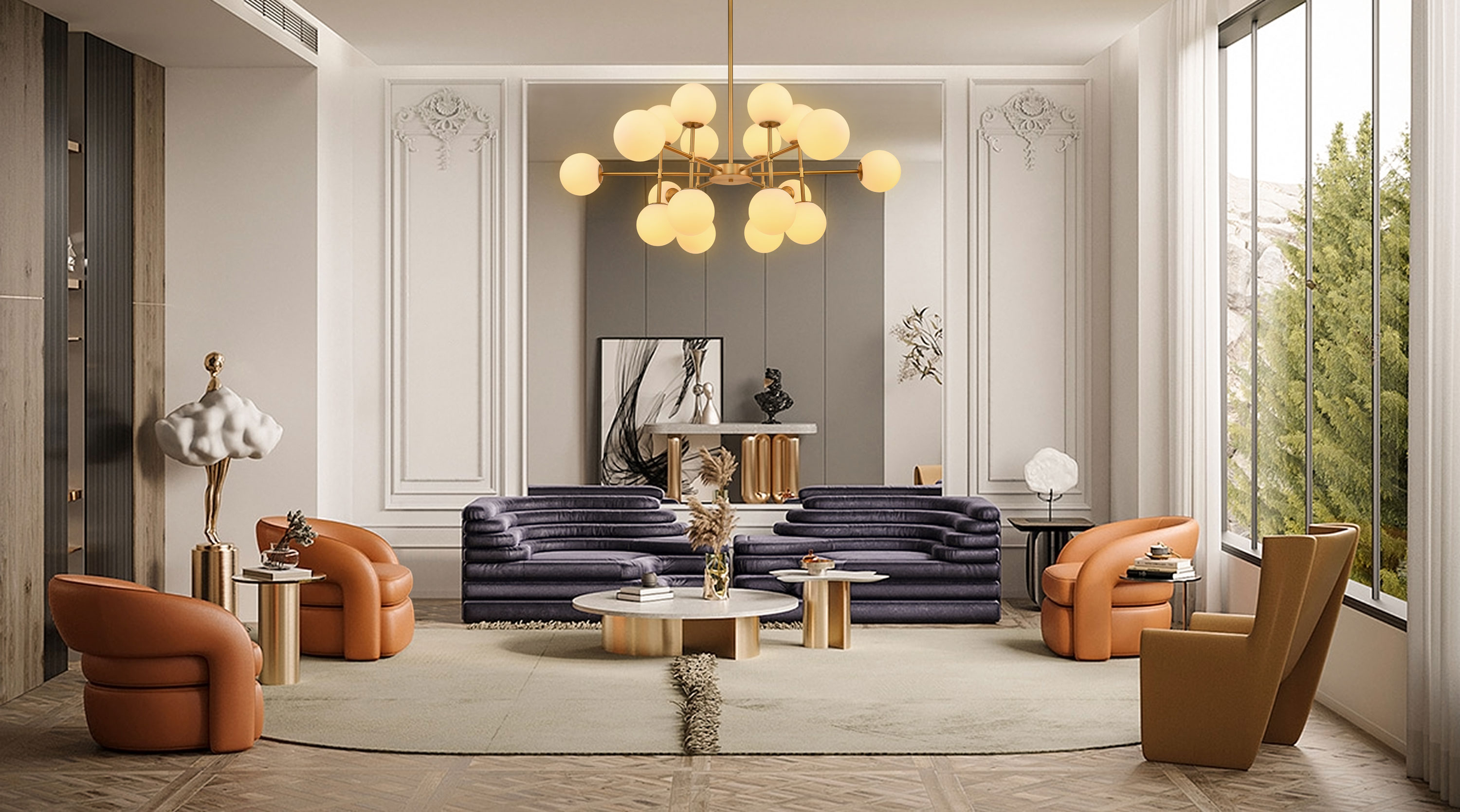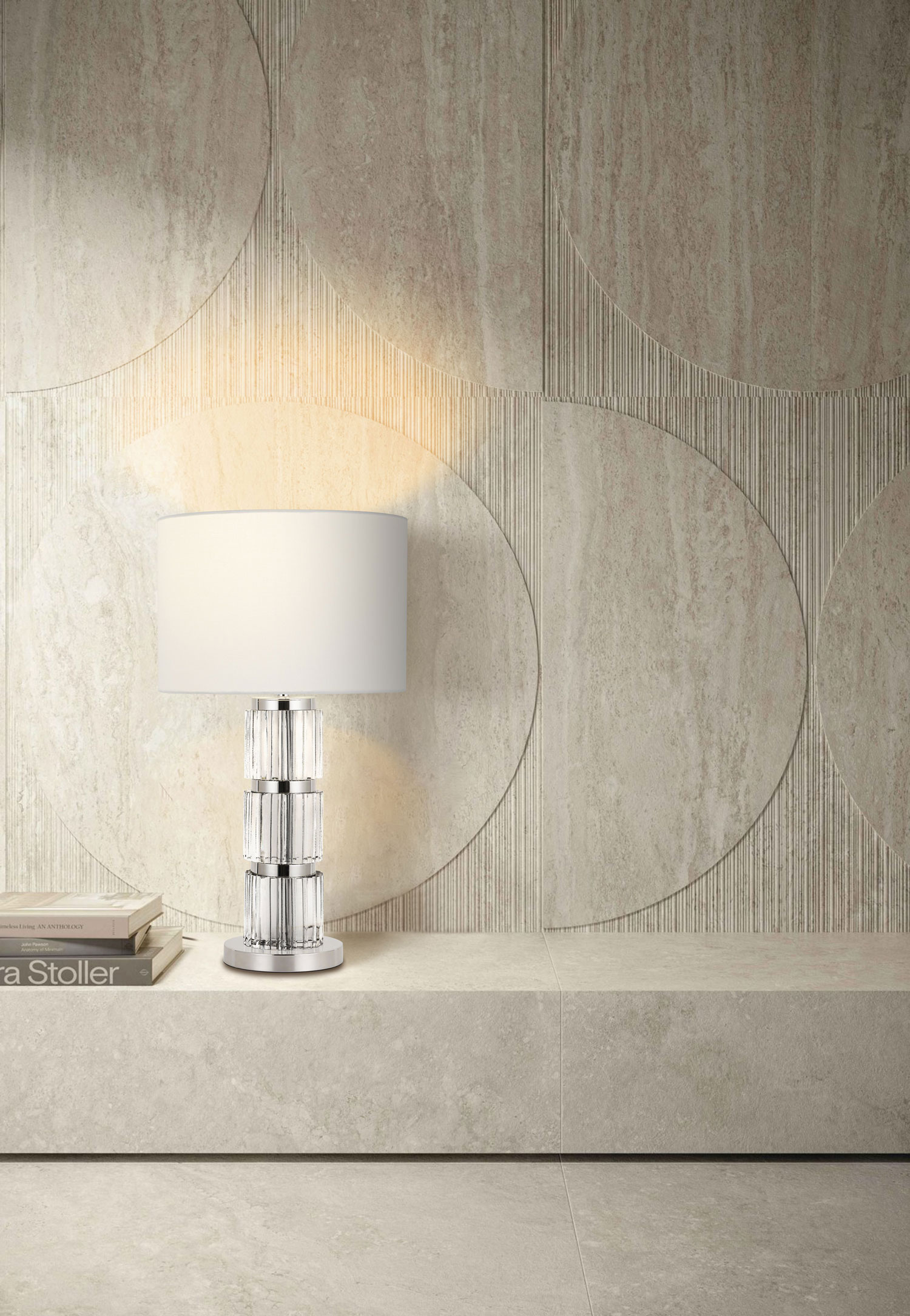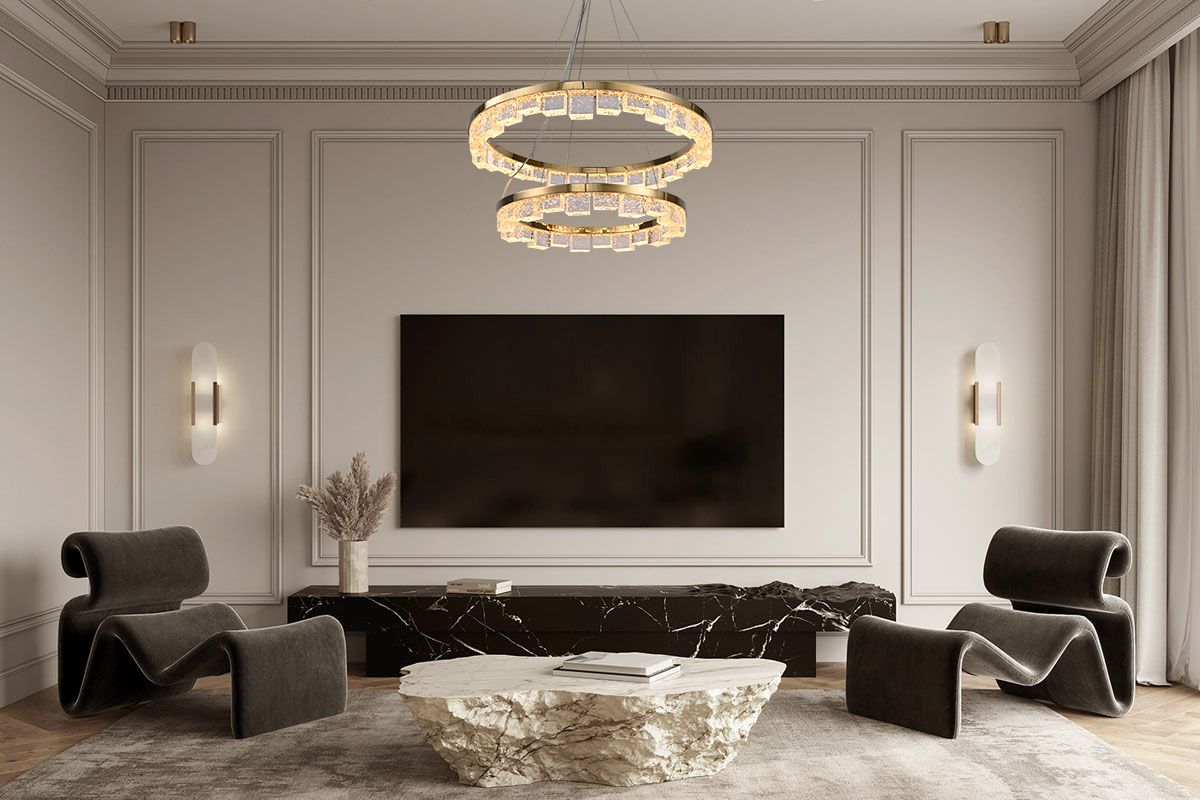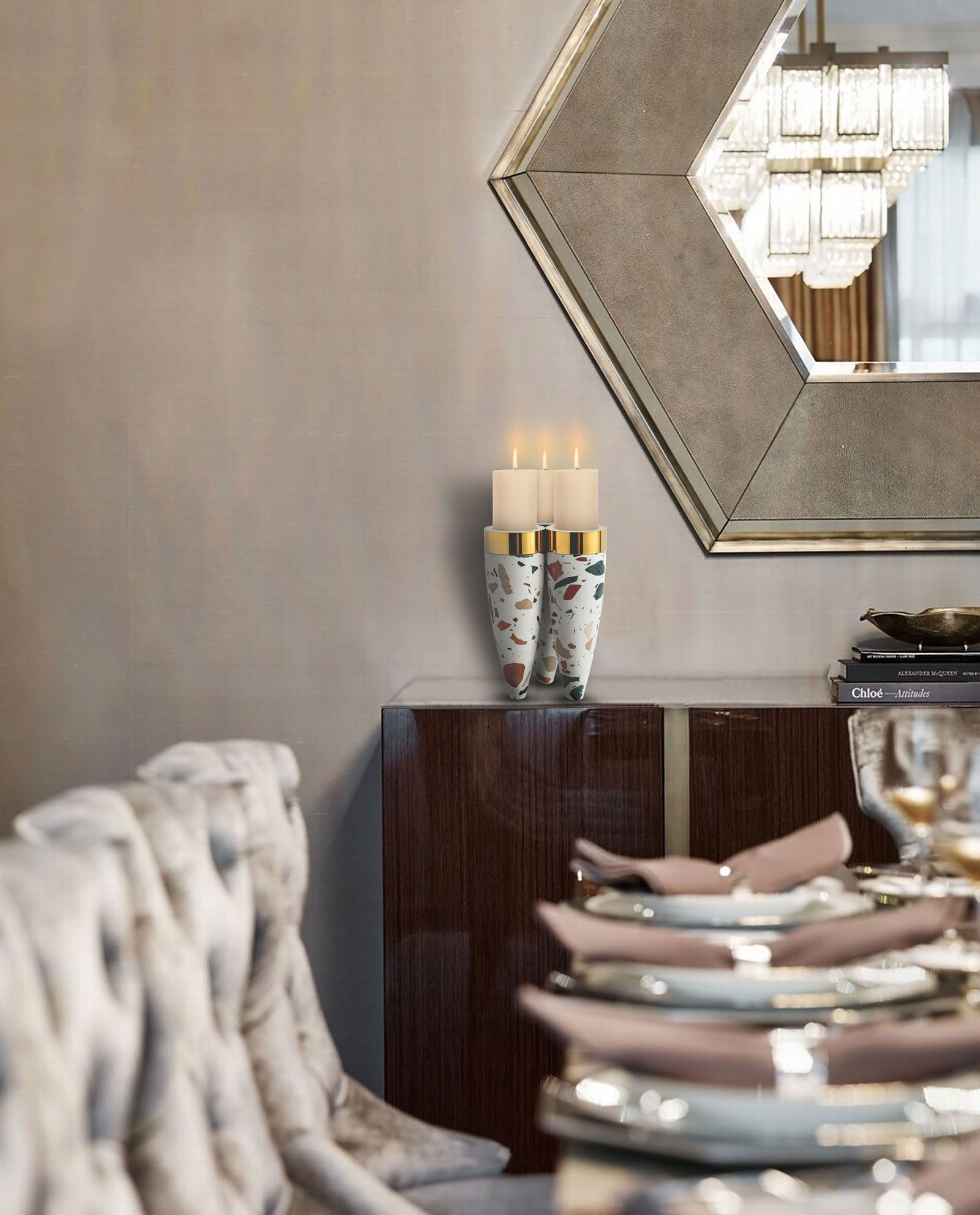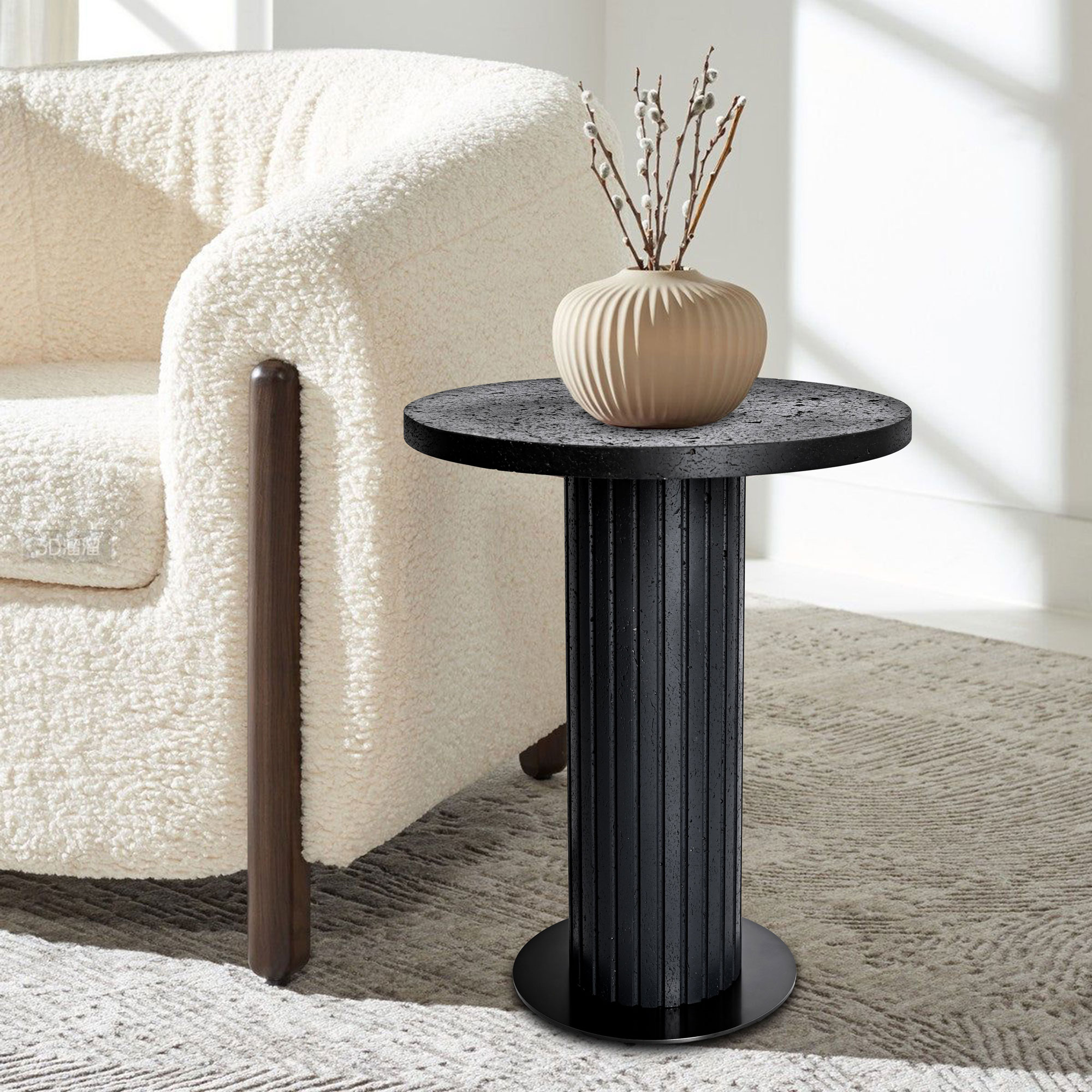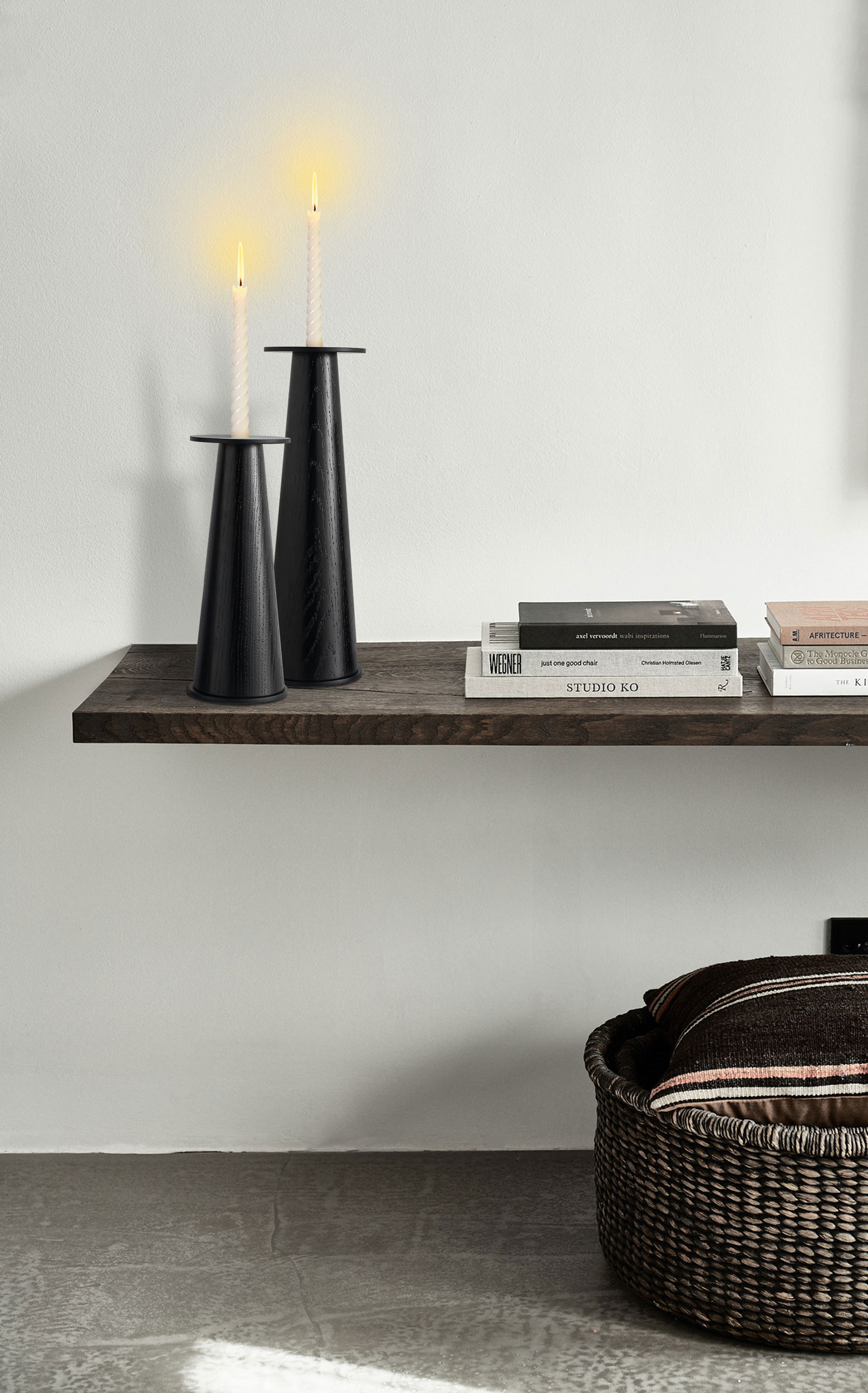Brilliant Home Group Lighting New Products in 2024: Leading the New Trend of Home Lighting
Discover the Future of Home Lighting with Brilliant Home GroupThe world of home lighting is evolving rapidly, and in 2024, Brilliant Home Group is setting the stage for new trends that will redefine how we illuminate our living spaces. With a commitment to innovation and quality, this leading lighting solutions provider is launching a range of new products that promise to enhance both aesthetics and functionality. In this article, we will explore the exciting new offerings from Brilliant Home Group, discuss the trends shaping the home lighting industry, and offer valuable tips for integrating these products into your home decor.New Product Lineup from Brilliant Home GroupBrilliant Home Group's 2024 product lineup is designed to meet diverse consumer needs while embracing sustainable practices. Below are some of the standout products that are making waves this year:ProductDescriptionKey FeaturesSmart LED Ceiling LightsElegant ceiling fixtures with integrated smart technology.Voice control, custom brightness settings, energy-efficient.Eco-Friendly Pendant LightsStylish pendant lights made from sustainable materials.Recyclable materials, unique design, energy-saving LED bulbs.Smart Home Lighting SystemsComprehensive lighting solutions for modern smart homes.Remote access, scheduling options, compatibility with major smart home platforms.Decorative Wall SconcesChic wall lighting that doubles as decorative art pieces.Artistic designs, various finishes, provides ambient lighting.Un...
Illuminate Your Space: Brilliant Maker Customized Lamps for Personalized Home Lighting
In today's world, where individuality matters more than ever, creating a home that reflects your unique personality is essential. One of the most impactful ways to achieve this is through lighting. Enter Brilliant Maker customized lamps, a fantastic solution for those who wish to enhance their living spaces while infusing them with a touch of personalization. In this article, we will explore the myriad options available with Brilliant Maker customizable lamps and how they can transform your home lighting experience. The Magic of Personalized Lighting Lighting is not just about visibility; it's about creating an atmosphere. The right lighting can elevate the mood of a room, enhance your decor, and provide a sense of comfort. With Brilliant Maker's customized lamps, you can control the ambiance of your home like never before. Why Choose Customized Lamps? When it comes to home lighting, one size does not fit all. Here's why customized lamps stand out: Unique Designs: Tailor designs that match your decor style. Variety of Functionality: Choose between task lighting, ambient lighting, or accent lighting. Color Customizations: Select the colors that resonate with your mood or theme. Smart Technology Integration: Opt for features that integrate with smart home systems. Exploring Brilliant Maker's Range Brilliant Maker offers an extensive range of customizable lamp options. Below is a table summarizing some popular designs and their features: Lamp Model Features ...
Discover Modern and Simple Lighting Solutions with Guangdong Bairuilai Lighting Co., Ltd.
Introduction to Guangdong Bairuilai Lighting Co., Ltd.In today's fast-paced world, lighting has become a crucial element of modern living. Guangdong Bairuilai Lighting Co., Ltd. stands out as a beacon of innovation and creativity in the lighting industry. The company specializes in offering modern and simple lighting solutions that enhance both functionality and aesthetics in residential and commercial spaces.The Essence of Modern Lighting DesignModern lighting design is characterized by simplicity, elegance, and efficiency. As urban spaces evolve, so do lighting requirements. Here, we will explore some essential aspects that define modern lighting design: Simplicity: Clean lines and minimalistic approaches dominate contemporary designs. Functionality: Lighting should serve a purpose, ensuring spaces are well-lit yet inviting. Energy Efficiency: Utilization of LED technology for sustainable and cost-effective solutions.Why Choose Guangdong Bairuilai Lighting Co., Ltd.?When it comes to modern lighting solutions, choosing the right provider makes all the difference. Here are some reasons why Guangdong Bairuilai Lighting Co., Ltd. is a preferred name:Key FeaturesDescriptionInnovative DesignsModern and stylish lighting fixtures crafted for varied applications.Quality AssuranceAll products undergo rigorous testing, meeting international safety standards.Custom SolutionsAbility to design custom lighting solutions tailored to client specifications.Responsive Customer Servic...
Zhongshan Guzhen Lighting: The Unique Charm of Industrial Style Lamps
Exploring the Enigmatic Beauty of Industrial Style Lamps from Zhongshan GuzhenThe world of lighting has seen numerous trends come and go, yet few styles have captivated designers and homeowners quite like industrial-style lamps. Originating in the ever-influential Zhongshan Guzhen, a hub for lighting manufacturing in China, these lamps embody both utility and artistry. In this article, we will delve deeper into the reasons behind the unique charm of industrial style lamps, their design elements, practical applications, and tips for integrating them into various spaces.The Essence of Industrial Style LightingIndustrial style lamps showcase a blend of rugged aesthetics and practicality, drawing inspiration from factories and warehouses of the late 19th and early 20th centuries. Characterized by their raw materials, exposed bulbs, and utilitarian design, these lamps add a distinctive character to any setting while remaining functional.Key Characteristics of Industrial Style LampsWhen assessing the allure of industrial-style lamps, it is crucial to recognize their key characteristics: Raw Materials: Common materials include metal, wood, and often distressed or reclaimed components, emphasizing a handcrafted appeal. Exposed Bulbs: Many designs feature bare bulbs, often encased in metal frames or glass shades, creating a vintage aesthetic. Neutral Color Palette: Industrial lamps typically favor earthy tones, such as black, bronze, brass, and muted whites, seamlessly blending int...
Brilliant Maker Environmentally Friendly Material Lighting: A New Choice for Green Life
In today's world, where environmental concerns are paramount, households and businesses alike are constantly searching for sustainable solutions to reduce their ecological footprint. One such innovative solution is the Brilliant Maker environmentally friendly material lighting. This article delves into why this lighting option is becoming the go-to choice for a greener lifestyle, the features that set it apart, and how it can benefit both your home and the planet.What Makes Brilliant Maker Lighting Environmentally Friendly?The Brilliant Maker lighting utilizes materials that are not only efficient but also sustainable. These materials are designed to have minimal impact on the environment, reducing waste and the need for non-renewable resources. Key components of their environmentally friendly lighting solutions include:MaterialBenefitsRecycled PlasticsReduces landfill waste and lessens the need for new plastic production.LED TechnologyEnergy-efficient lighting that significantly lowers energy consumption and lasts longer.Biodegradable ComponentsEnsures that any waste produced will not linger in the environment.Sustainable Manufacturing ProcessesUtilizes renewable energy sources and minimizes harmful emissions during production.Why Choose Brilliant Maker Lighting?Brilliant Maker offers a range of advantages that not only promote sustainability but also enhance the overall quality of life. Here are several reasons to consider this innovative lighting:1. Energy EfficiencyWith a...
Brilliant Maker Handmade Lamps: The Perfect Combination of Art and Lighting
When it comes to home decor, lighting plays a pivotal role in setting the ambiance and enhancing the overall aesthetic of a space. One brand that has recently captured attention is Brilliant Maker, renowned for its exquisite handmade lamps that artfully combine form and function. In this article, we will explore what makes Brilliant Maker lamps a sought-after choice, their unique design philosophy, and how they can elevate your interior spaces.What Makes Brilliant Maker Handmade Lamps Unique?Brilliant Maker stands out in a crowded market due to its commitment to artistry and craftsmanship. Each lamp is handcrafted with meticulous attention to detail and an emphasis on quality materials. These lamps are not just lighting fixtures; they are pieces of art that tell a story and add character to any room.1. Artistry and CraftsmanshipOne of the defining features of Brilliant Maker lamps is the artisan approach taken in their creation. Skilled craftsmen pour their passion into each piece, ensuring that no two lamps are alike. The use of high-quality materials like glass, wood, and metal results in durable products that uphold the company's promise of longevity and enduring beauty.2. Customization OptionsBrilliant Maker offers a variety of customization options, allowing customers to choose color palettes, sizes, and styles that best fit their decor. This level of personalization means that every lamp can be tailored to suit individual tastes and preferences, making them even more sp...
Customized Lighting Services: An In-Depth Analysis of the Brilliant Maker Process
Lighting has the incredible ability to transform any space, enhancing its aesthetic appeal while also meeting practical needs. Customized lighting services are increasingly becoming popular among homeowners, businesses, and event organizers looking to create specific moods and functionalities tailored to their particular contexts. In this article, we will explore the process behind one of the most innovative providers in this field, known as the Brilliant Maker. By analyzing their methods, we can gain insights into how customized lighting services can revolutionize your environment.Understanding Customized Lighting ServicesCustomized lighting services refer to the personalized approach in designing and implementing lighting solutions for different environments. Whether in residential, commercial, or outdoor settings, these services can help to achieve specific lighting goals. From unique installations that bring artistry to standard environments to practical applications that enhance usability, customized lighting serves diverse needs.Key Aspects of Customized Lighting Services Personalization: Every space is different, and so are the lighting needs. Customized services take into account the dimensions, styles, and purposes of each environment. Technology Integration: Modern lighting solutions often incorporate smart technology, enabling automation and remote control. Energy Efficiency: Customized lighting can improve energy consumption, utilizing LEDs and other sustainabl...
